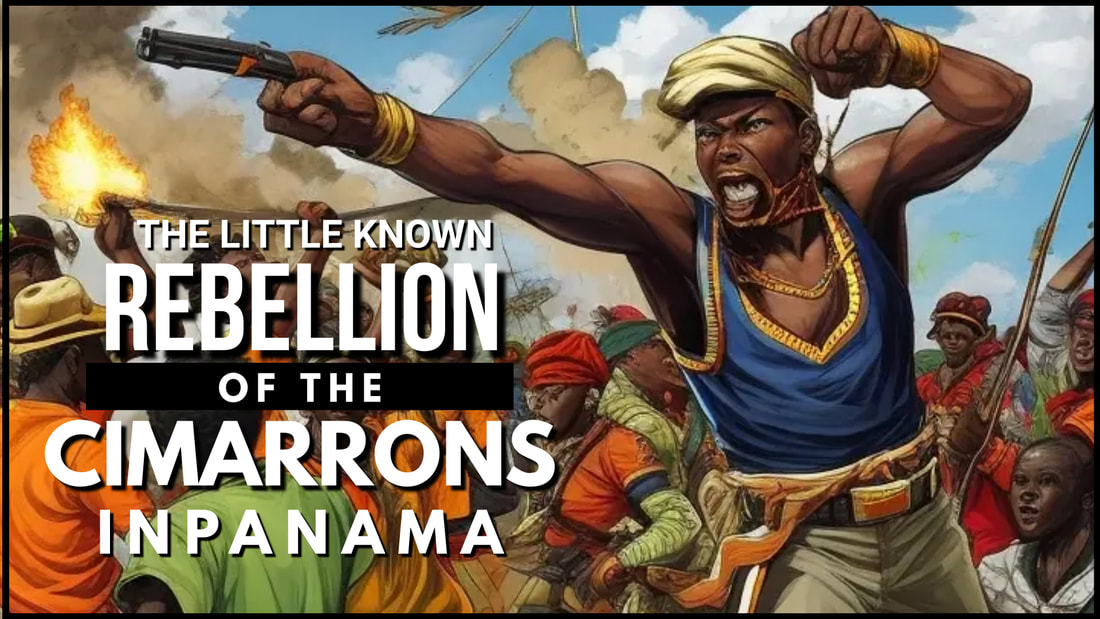|
The history of slave uprisings in Panama, as in many other parts of the Americas, is marked by the resistance of enslaved people against their oppressors. During the colonial period and later, when Panama was part of the Spanish Empire, African slaves were brought to the region to work on plantations, in mines, and as laborers. The harsh conditions of slavery, coupled with the exploitation and abuse suffered by the enslaved population, led to several instances of resistance and rebellion. One significant slave uprising in Panama occurred in the 17th century, known as the "Black Freemen's Revolt" or "Rebellion of the Cimarrons." The term "Cimarron" referred to escaped slaves who formed independent communities in remote and often inaccessible areas. These communities, known as palenques, were established by escaped slaves seeking freedom from the brutal conditions of plantation life. The “Rebellion of the Cimarrons” occurred in the Darien Gap region of Panama in the 17th century. Enslaved Africans, as well as some indigenous people, rebelled against their Spanish colonial masters. The rebellion aimed to establish autonomous communities and resist the exploitation and mistreatment of the enslaved population. The rebels successfully established independent palenques in the dense forests of the Darien Gap, where they lived free from direct Spanish control. The Spanish authorities responded to the uprising with military force, attempting to suppress the rebels and maintain control over the enslaved population. The conflict between the colonial forces and the cimarrons continued for an extended period, with intermittent peace agreements and hostilities. Over time, some palenques were subdued, while others persisted, and the descendants of escaped slaves continued to live in remote regions, maintaining their independence. The history of slave uprisings in Panama is integral to the broader struggle for freedom and autonomy in the Americas during the colonial period. These uprisings played a crucial role in shaping Panama's cultural and social landscape and contributed to the eventual decline of slavery in the region. References: https://www.refugeesinternational.org/perspectives-and-commentaries/life-on-the-edge-of-the-darien-gap/ https://ecommons.luc.edu/cgi/viewcontent.cgi?article=2803&context=luc_diss
0 Comments
Leave a Reply. |
Details
Categories
All
Click Here to join our mailing list
|
Contact Us: |
Connect With Us |
Site powered by PIT Web Design


 RSS Feed
RSS Feed



